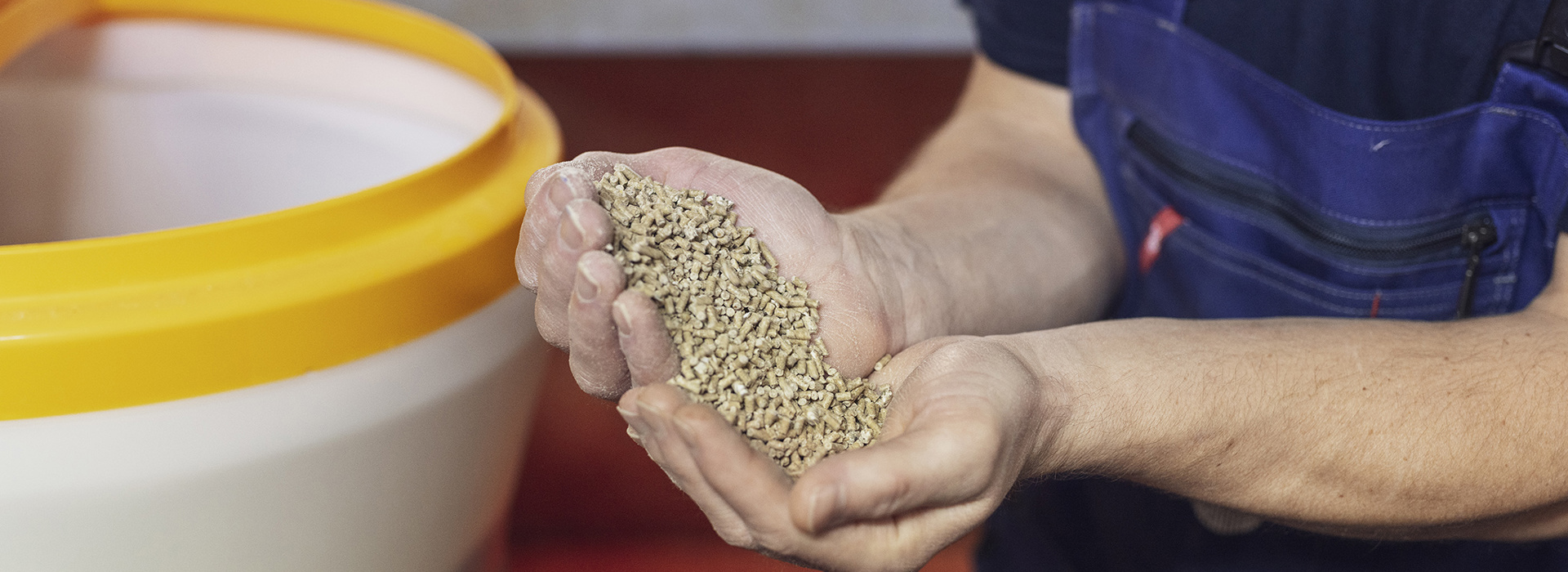Breeding goal: Efficiency
The breeding goal for efficiency is Saved feed. Saved feed is the proportion of feed intake that is not used for production of daily body weight gain and backfat thickness. This optimizes the amount of feed consumed for the same amount of meat produced, which will contribute to improvement of the efficiency in economic and environmental advantageous.
Saved feed contributes to profitability and reduction of environmental emission. Reduction of feed costs are essential to increase the farmers profit since feed costs constitutes for around 60 % of the total costs in pig production with a range between 51 to 76 % in different countries (AHDB, 2018).

Registrating the feed intake
Danish Genetics has a unique approach to register the feed intake of the individual pigs weighing from 30 kg to slaughter. We use 270 Advanced Computerized Electronic Feeding stations distributed across the different breeding herds. This approach allows feed intake data collection on a larger proportion of the population with high health status and as a result, better data quality, larger data quantity and thus faster genetic progress on the population. Saved feed stems from a process where focus is on the amount of feed not used for growing valuable protein or animal maintenance. The feed intake is being corrected for energy used for daily growth of protein and fat deposition, along with maintenance requirements using genetic regression coefficients. Saved feed is genetically independent from production traits of growth and carcass quality.







